Review: 'The Mission' shows what's happening at the CIA right now
Published in Books News
Tim Weiner likens the Central Intelligence Agency to a fortified medieval city, where locked castles contain vast libraries. “If you had the keys,” he writes, “a billion secrets were at your fingertips.”
Nobody has unlocked more CIA secrets than Weiner, whose National Book Award winner, “Legacy of Ashes,” remains a vital text on the agency’s Cold Warriors.
His latest, “The Mission,” looks at the CIA’s recent past and potential future. It’s an absorbing, informative portrait of an embattled organization that is facing formidable challenges abroad and at home. Terrorism and wars in Afghanistan and Iraq fill several opening chapters, which add fascinating details to what we know about the CIA’s role in those events.
After 9/11, President George W. Bush asked CIA director George Tenet what al-Qaida might do next. The agency boss assigned analysts and “hired Hollywood screenwriters to dream up” catastrophic scenarios, Weiner writes. Their hypothetical target lists warned of nuclear bombings of American cities and attacks on national monuments — all of which, “no matter how apparently far-fetched, would be chased” by the CIA, an analyst tells Weiner.
As a Senate investigation revealed in 2014, the agency tortured some suspected terrorists. “The waterboard was not the silver bullet” for obtaining information, one agent tells Weiner. “Sleep deprivation was.” The CIA’s brutal interrogations at Iraq’s Abu Ghraib prison were exploited by terrorist groups recruiting “young men driven by anger.”
Meanwhile, the agency had less publicized troubles — and a knack for chaos. In 2011, a CIA contractor in Pakistan shot and killed two men on a motorcycle, then “called the base for help. The CIA men racing to the scene crashed into another motorcyclist and killed him in a hit-and-run.”
Weiner highlights an aspect of intelligence work that frustrates its practitioners. The public only hears about spies when they screw up. He remedies this by including accounts of several CIA triumphs, among them the surveillance and arrest of a rogue Pakistani physicist who tried to build his own nuclear bomb.
Likewise, Weiner is good at exploring spying’s psychological toll. One agent, a practicing Catholic who ran the agency’s famed Russia House station, says, “I spent my entire CIA career lying, cheating, stealing, manipulating, deceiving.” For guidance, the agent looked to the writings of philosopher and priest Thomas Aquinas, who believed that some otherwise inexcusable actions are acceptable in a “just” war.
Weiner makes much of writing his book “without anonymous sources or blind quotes.” Knowing that they’ll be named, some of his sources speak in bloodless, extremely careful terms. This makes for some sluggish passages, but it’s better than not having those voices in the book at all.
Today, China and President Donald Trump appear to be the CIA’s two biggest challenges.
Weiner describes how Chinese intelligence hackers stole the plans for an Air Force fighter that cost billions to make. Meanwhile, Trump’s insecurity impels him to listen to bad intelligence about Russia, ignoring key CIA findings and instead trusting despots like Vladimir Putin.
Why did second-term Trump install former Republican Congressman John Ratcliffe as CIA director? Because, Weiner writes, Ratcliffe is a MAGA Republican with a record of endorsing “distorted reporting and analysis about the Russians to please the president.”
This, Weiner’s sources agree, is an affront to the CIA’s credibility — and one that makes it harder for spies to do their jobs.
____
The Mission: The CIA in the 21st Century
By: Tim Weiner.
Publisher: Mariner, 454 pages.
©2025 The Minnesota Star Tribune. Visit at startribune.com. Distributed by Tribune Content Agency, LLC.
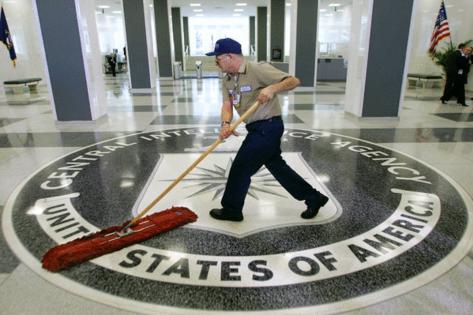
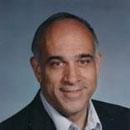

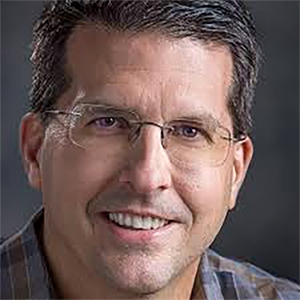
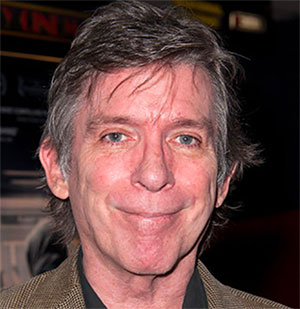




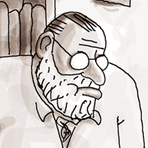
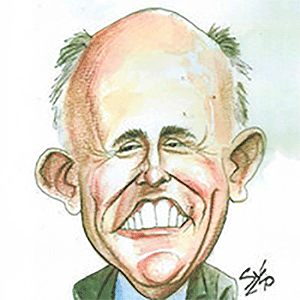
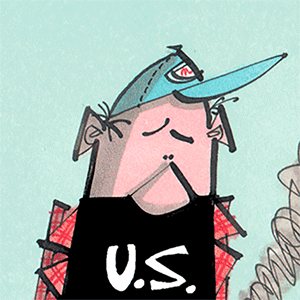
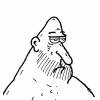
Comments